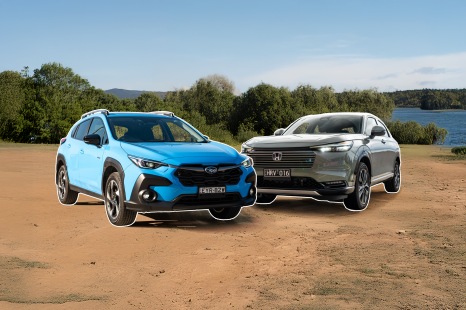

Andrew Maclean
2025 Honda HR-V e:HEV L vs Subaru Crosstrek Hybrid S: Spec battle
24 Days Ago

News Editor
The upcoming GWM Tank 300 diesel may have less power than its petrol and hybrid counterparts, but it’s set to carry and tow more.
The Tank 300 is gaining the option of the Cannon Alpha ute’s 135kW/480Nm 2.4-litre four-cylinder turbo-diesel engine in Australia in the first quarter of 2025.
According to government approval documents, the diesel-powered Tank 300 will offer a braked towing capacity of 3000kg – up 500kg on petrol and diesel models.
100s of new car deals are available through CarExpert right now. Get the experts on your side and score a great deal. Browse now.
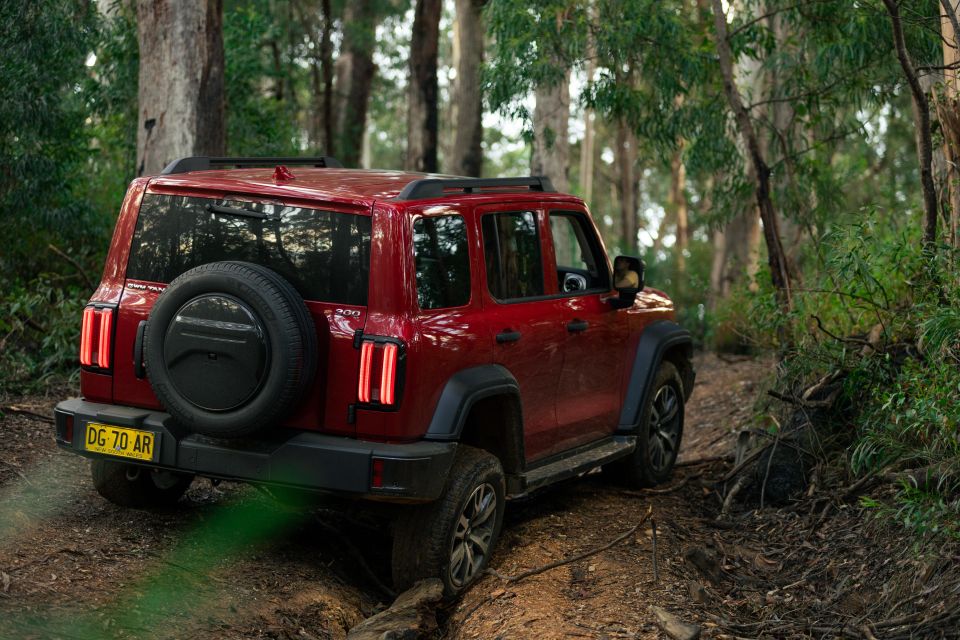
That puts it just shy of the Mitsubishi Pajero Sport and Toyota Fortuner’s 3100kg figures, as well as the class-leading 3500kg offered by the Ford Everest and Isuzu MU-X.
The documents list the Tank 300 diesel as having a tare mass of 2223kg and a gross vehicle mass (GVM) of 2880kg. This points to a payload of around 600kg.
In contrast, petrol Tank 300s have a payload of just 397kg and hybrid variants have a payload of 440kg.

With a vehicle’s payload being how much it can carry, including passengers and their stuff, this means you’ll very quickly max out a Tank 300’s capacity once you start loading in your family and any luggage.
For context, a Mitsubishi Pajero Sport boasts a payload figure of between 645kg and 695kg, depending on the variant.
The Tank 300’s higher towing capacity pushes it into the “heavy off-road passenger vehicles” category under the incoming New Vehicle Efficiency Standard emissions regulations from the Australian government.
The Government says a “heavy off-road passenger vehicle” is an MC-category vehicle with a rated towing capacity of three tonnes or more, and featuring body-on-frame construction.
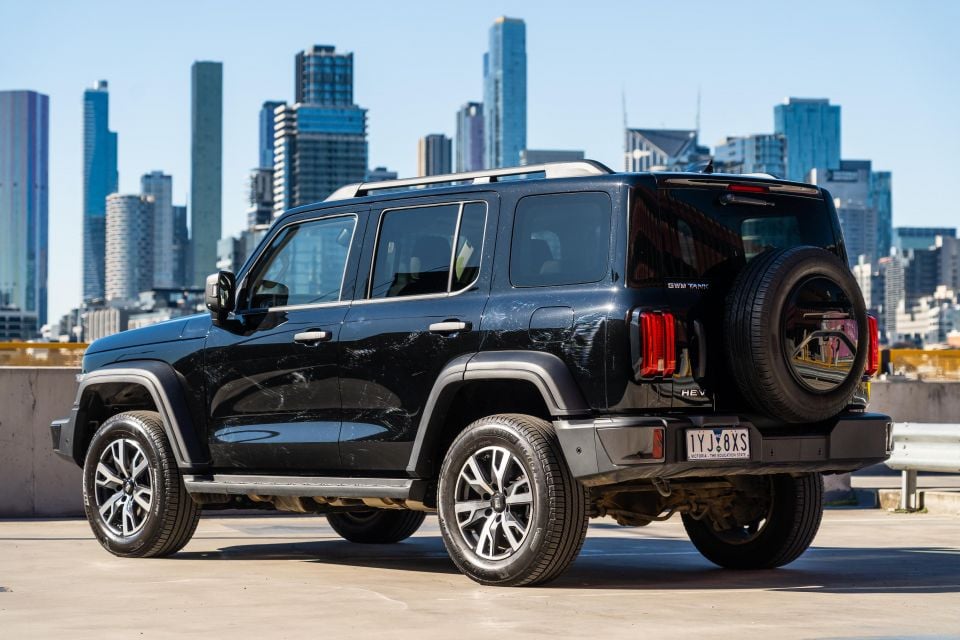
This puts the Tank 300 diesel in a separate category from petrol and hybrid models when it comes to CO2 emissions targets.
This vehicle, along with the GWM Cannon Ute, Cannon Alpha and Tank 500 model ranges, must meet a target of 210g/km of CO2 for 2025.
The other Tank 300 models, which are classified as “light off-road passenger vehicles” along with the rest of the GWM range, must meet a more stringent target of 141g/km.
The introduction of diesel power will align the Tank 300 more closely with other body-on-frame SUVs at this price point, though it still differs from the likes of the Pajero Sport and MU-X in being smaller and without an available third row of seats.
MORE: Everything GWM Tank 300
CarExpert helps new car buyers save thousands with expert reviews, honest advice, and transparent pricing – no dealer pressure and no sales games.
William Stopford is an automotive journalist based in Brisbane, Australia. William is a Business/Journalism graduate from the Queensland University of Technology who loves to travel, briefly lived in the US, and has a particular interest in the American car industry.


Andrew Maclean
24 Days Ago
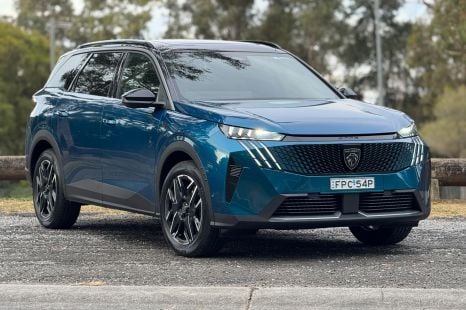

Matt Campbell
21 Days Ago
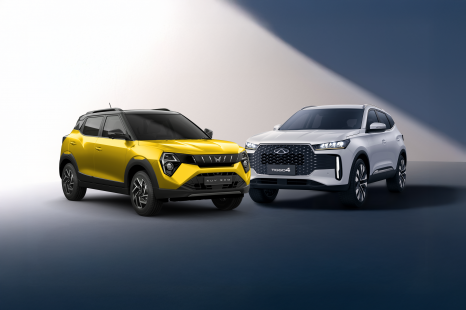

Andrew Maclean
17 Days Ago
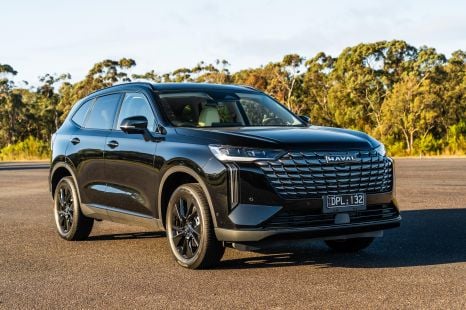

Josh Nevett
14 Days Ago


Andrew Maclean
10 Days Ago
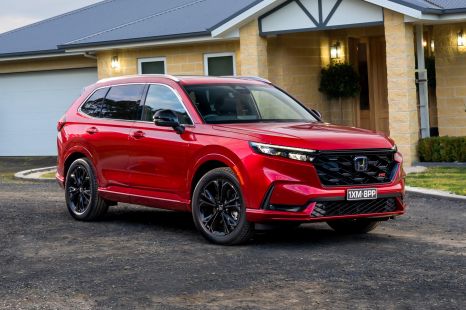

Damion Smy
8 Days Ago